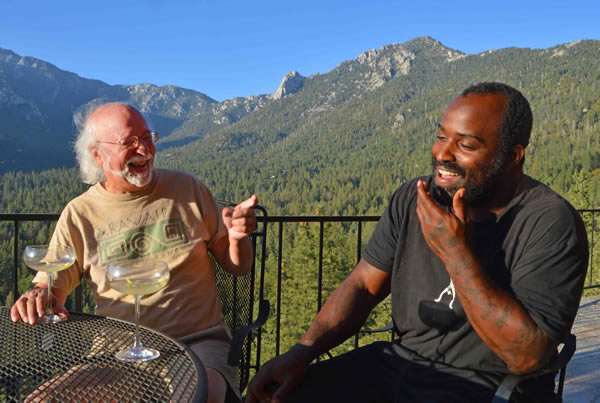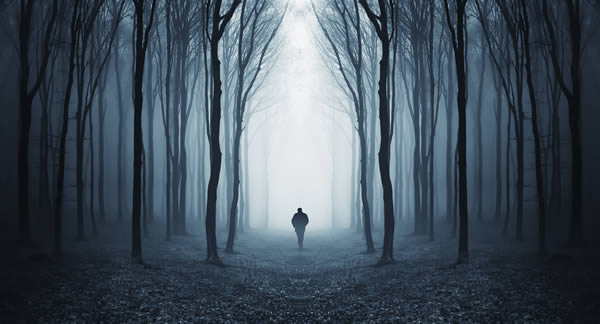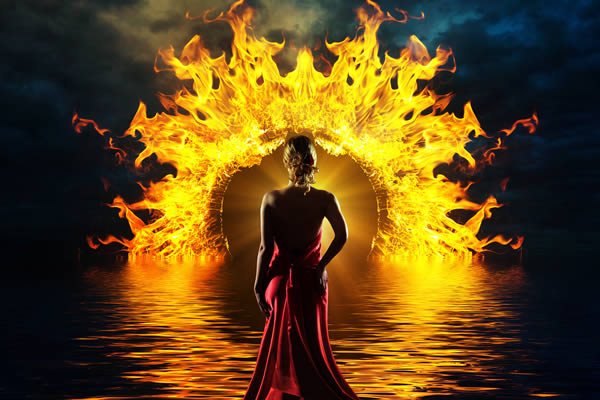Blog
-
by Steven Forrest
Beware! Beware! Mercury will be retrograde from July 7 through the last day of the month! I’ve found that Mercury doesn’t even have to be retrograde for it to be blamed for every minor misfortune, miscalculation, and misunderstanding that might arise. Say “Venus retrograde” or “Jupiter retrograde,” and you get a blank look. But utter the fearful words, “Mercury is retrograde” and the blood drains from people’s faces."
For some reason, this little piece of technical astrology has lately entered the popular imagination just as deeply knowing that you are a Gemini or a Taurus. And, to people who only know a little bit about astrology, Mercury retrograde spells trouble.
Ask any experienced astrologer, at least one who does not require mood stabilizers, and you are likely to hear a more nuanced attitude: “Mercury retrograde is a real phenomenon – but don’t sell your earthly possessions and join a doomsday cult because of it.”
Keep some perspective, in other words.
-
Saturn is transiting over my natal Sun, so I am trying to walk my talk – working like a maniac, in other words, trying to keep my eye on the prize.
At the same time, my progressed Moon is passing through the twelfth house. True to form, I don’t know exactly what I am doing.
It is a strange astrological combo-platter, as you can plainly see.
At times such as these, my appreciation of astrology really goes through the roof. I look into that bright mirror in the sky and, among other benefits, I feel a whole lot less crazy than I might feel without astrology.
I bet that you feel that way too, or you wouldn’t be tuning into my monthly astrological ramble.
-
by Steven Forrest
There is a growing group of humans on the earth who have turned their backs on religion while maintaining a personal connection with the divine. Sociologists label them “spiritual but not religious,” which seems like a fair enough term. The category is an emerging one since there has not been much precedent for it in history – as with so many truly new things, you first have to believe it before you can see it.
For a long while, in other words, there was no “spiritual but not religious” box to check on anyone’s survey. It was strictly, are you a Christian, a Muslim, a Jew, or a None of the Above?
Behind this cultural development, there is a lot of astrology. And it is the kind that suggests a lasting sea-change rather than a passing fashion.
-
by Steven Forrest
On March 28, 2019, Pluto and the lunar south node formed a conjunction. Since they both move slowly, the date itself is not terribly important. At the beginning of March, the two points were already separated by less than 2°. And on the last day of April, their separation will only be 1° 55'.
The Pluto-node interaction is ongoing, in other words, and we are all very much in the stew.
There’s more: we can expect an intensification of these complicated energies around the middle of this month. The all-powerful Sun squares the nodes on April 12th and squares Pluto the next day. That promises to be a colorful week.
Another date to circle on your calendar: April 24. When a planet turns from going retrograde to direct motion, or vice versa, there is also a great focusing of its energies – a turning of the tide, so to speak. On April 24, Pluto makes such a “station,” so that will mark yet another crossroads. As we mentioned a few lines ago, when that Station happens, the separation between Pluto and the South node will be less than 2° – still a very solid conjunction.
-
by Steven Forrest
Let me start by getting the obvious stuff out of the way. The long-awaited Book of Fire by best-selling author Steven Forrest is now available! Act Now! Act Now! These savings won’t last! Be the first on your block . . . etc.
I know you’ve heard it all before. And of course I would like for you to buy the book, but only if you think you might find it helpful. So far as I know, Linda Goodman, who wrote Sun Signs back in the 1960s, is the only astrological writer who ever wound up wealthy for her efforts. For most of us . . . well, it reminds me of the old joke about how to make a million dollars playing jazz: just make sure that you start with two million dollars.
Astrological writing is a labor of love, in other words. In all honesty, even though I’m probably among the more successful astrological authors, most of the profits from my books have come in the form of spinoffs: readers getting inspired to come to me for consultations, invitations to lecture and teach – things like that.





